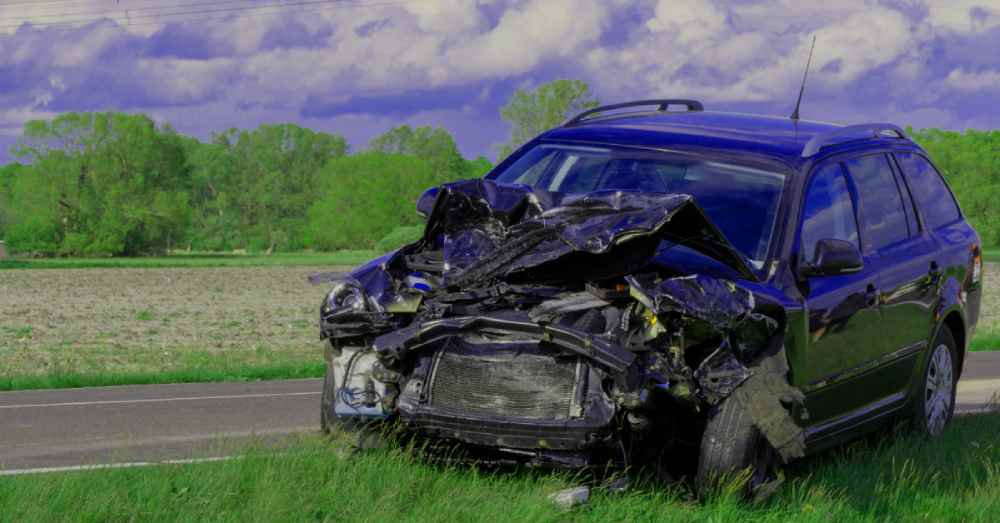When a car is titled as a totaled vehicle, it means it is irreparable or unsafe for the road. An insurance company makes this decision, taking into account the state’s law or guidelines regarding total loss. These rules are termed the Total Loss Threshold Ohio.
Certain states in the United States have their own different set of rules when it comes to determining if a vehicle is a total loss. There are two major methods to find it out using; total loss formula and the percentage limit rule.
Where states like Arizona and Illinois use the cost threshold method, which has a fixed percentage rule, Oklahoma and Arkansas apply the TLF. Ohio employs this same total loss formula to declare a total loss vehicle.
TLF, or a Total Loss Formula, includes the comparison of ACV with the joint estimate of repair cost and salvage value. It means the repair estimate and salvage cost are added together and compared with the actual cash value. And, if it is equal to or more than that, the vehicle is declared totaled. This is the formula:
Repair Cost + Salvage Value ≥ Actual Cash Value (ACV)
An insurance company does that by estimating the vehicle’s actual cash value, taking into account its demand, age, make, model, and other factors. This estimate is the foundation for your ACV settlement, as it can affect your decision to accept it or opt for owner retention.
To understand how the Ohio Total Loss Threshold works, we will look at the simple example:
Let’s say your car had a collision and the insurance company finds its fair market value or ACV before the accident, which is $10,000. Now, they assess the damage and estimate the repair cost to be $6,000 and the salvage value to be $4,200.
They apply the formula:
$6,000 (repair cost) + $4,200 (salvage value) = $10,200.
Since the total of both values is more than the actual cash value, the vehicle will be considered a total loss. Now, you will be offered an Actual Cash Value settlement minus your applicable deductible.

Once you get the declaration and receive an offer, you basically have two options:
The first option is to accept what payment an insurance company has offered. Once you do it, you need to apply for the title transfer and give the ownership of the vehicle to the insurance company.
The second option is to retain the vehicle, which is called owner retention. However, you will still receive the payout, but without the salvage value, as it will be deducted from the payable. The process moves forward by applying for the salvage title and then the rebuilt title.
Whether you decide to keep the vehicle or hand it over to the insurance company, there are some important documents you will need:
It usually happens when you believe that your car is worth more than it is valued by the insurance company. In this scenario, you have the right to dispute the settlement, making your negotiation stronger.
You can do this by collecting some evidence, such as a maintenance record, the car’s recent photos, or an appraisal report from an experienced and reputable expert. These documents can strengthen your argument and negotiate a better payout.
When a vehicle is deemed a total loss by an insurance company, you must know how they do that, what procedure they follow, and what rules they apply. It can happen when you understand the Ohio total loss threshold well.
Understanding these rules can protect you from leaving the money on the insurer’s table or losing your car that you could repair and reuse. You can make smarter decisions with confidence, whether you choose one of the options.
You just had an accident, are already shocked by the consequences of it, and now, you are expected to make quick decisions regarding insurance claims and finances. You might get to know about the terms you have never heard before.
Moreover, you have pressure to handle the paperwork, accept the settlement, and whatnot. This whole situation can be so stressful.
Seeking professional help from ADR Claims can be a game-changing move for you! We can support you in complex claim procedures, paperwork, negotiation, and more. We can help you avoid the potential mistakes, saving time, money, and effort. Contact the ADR-Claims team right away, as we are always by your side!
Our quick and simple appraisal process can help you recoup vehicle-related losses.